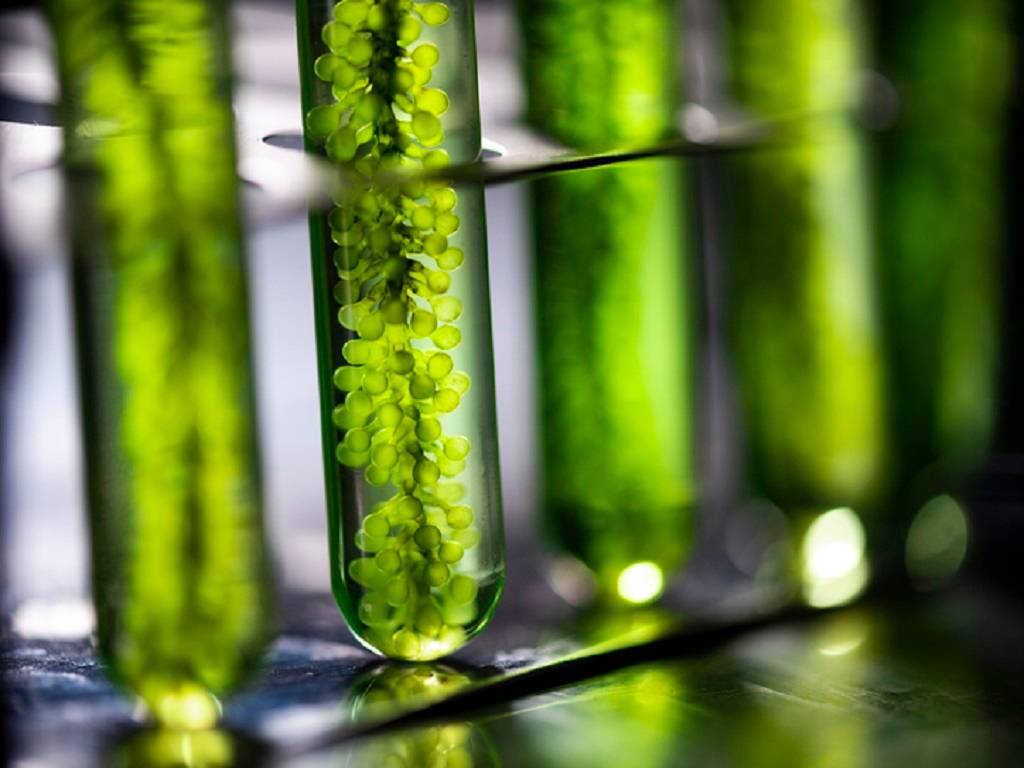
Hydroponic systems are effective vegetable production techniques in which plants grow 30-50 percent quicker than in soil. Microalgae thrive in hydroponic systems, particularly those with a re-circulating nutrient solution, due to the abundance of nutrients, heat, and light.
Microalgae have an impact on water quality characteristics such as pH, dissolved oxygen, nutrient intake in water, and can compete with the target vegetable. Microalgae can even function as buffers, preventing chemical disinfection from being effective. As a result, they are often regarded as a "weed" in hydroponic systems, and significant efforts are undertaken to reduce algal populations in hydroponic systems.
Microalgae can be favorable to plant growth
Microalgae, on the other hand, can be favorable to plant growth. The oxygen generated by microalgae photosynthesis inhibits anaerobiosis in plant root systems, hence protecting plant roots. Microalgae release a variety of chemicals (including phytohormones and protein hydrolysates) that can function as plant growth promoters and biofertilizers, particularly during the early phases of plant growth, germination, and root formation. The addition of microalgae can boost the rate of removal of dissolved solids, total nitrogen, and total phosphorus from hydroponic wastewater significantly.
Some studies have also indicated that using living microalgae in the nutrient solution might minimize the need for mineral fertilizers in hydroponic production while increasing the qualitative attributes of the crops, such as total soluble solids (Brix) and vitamin C. With the co-cultivation of microalgae, hydroponic vegetable production might be transformed to an ecologically friendly and economically viable production method.
Water2REturn project
Microalgae and residual water after harvesting microalgae were examined in hydroponic farming of lettuce and tomatoes at the University of Ljubljana as part of the Water2REturn project. The microalgae flourished in the hydroponic systems, and the crops grew well in all treatments, with or without microalgae. There was no statistical difference in the fresh weight of the lettuce heads at the end of the experiment, but the introduction of treated - autoclaved - microalgae and the use of leftover water after harvesting had a substantial favorable effect on the growth of the lettuce roots.
In the tomato experiment, the control treatment used 50% more mineral fertilizer than the addition of microalgae residual water (supernatant), yet tomato output remained equivalent, demonstrating that algae increased the nutrient utilization of the hydroponic system. The introduction of microalgae or supernatant (residual) water to the hydroponic system dramatically boosted root system growth.
















